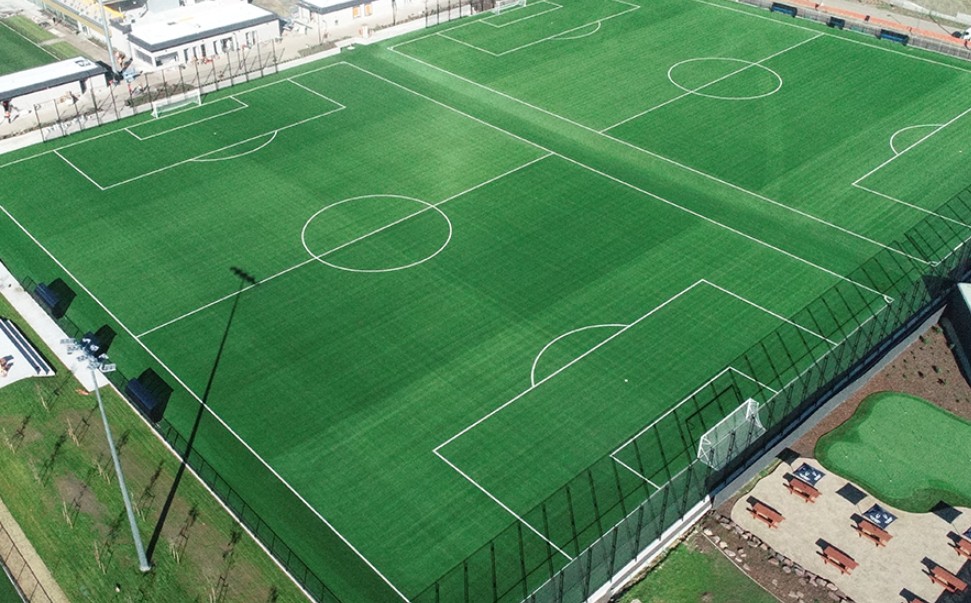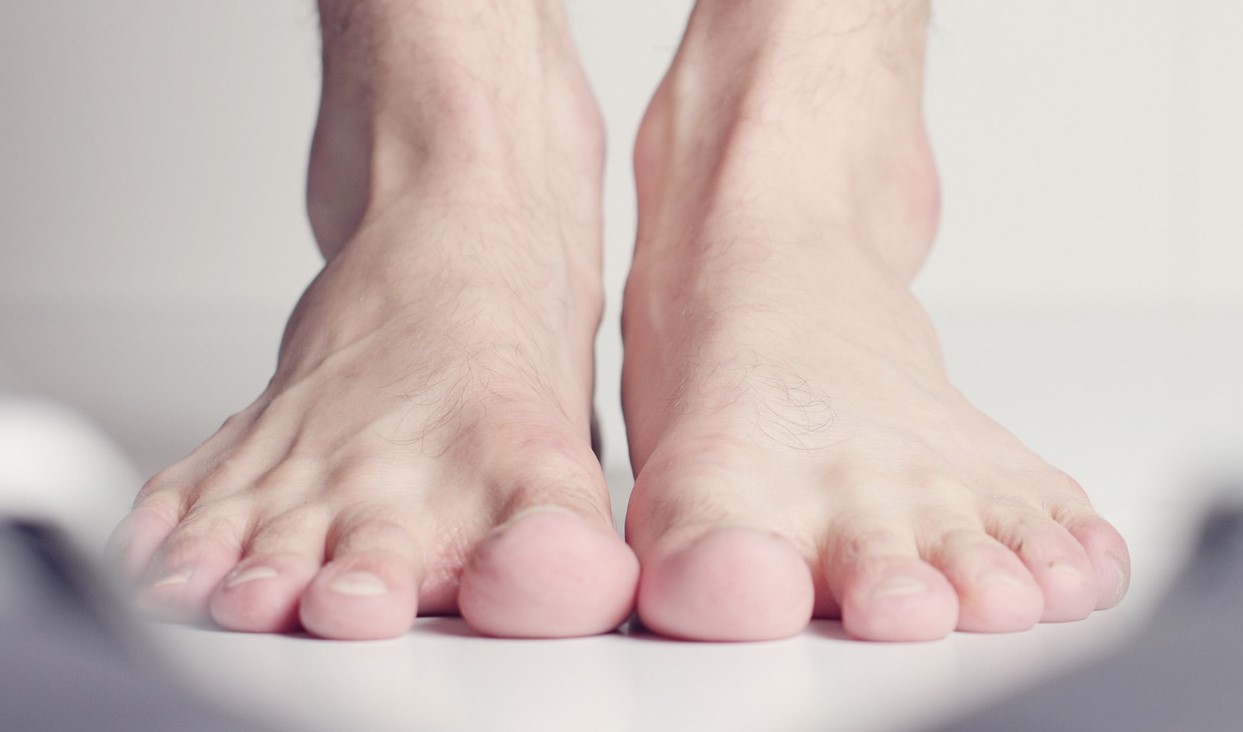Artificial turf has come a long way – what was once a hard, unforgiving surface has now evolved into a sophisticated playing field that closely mimics natural grass. Whether you’re interested in football pitch construction for a local club or a major stadium, understanding the evolution of artificial turf highlights the incredible advancements that have shaped today’s modern playing surfaces.
From Rough Beginnings to Realistic Play
The first generations of artificial turf were often criticised for being tough on players and lacking the natural feel of grass – fast forward to today, and the difference is remarkable. Modern artificial turfs now feature a blend of polyethylene, polypropylene, and nylon fibres, carefully woven together to create a surface that looks and feels much closer to the real thing. Different blade shapes, lengths, and infill materials can be customised to match specific performance needs, whether it’s for community clubs, schools, or professional teams.

Weather Resistance and Reliable Play
Unlike natural grass, which can suffer in the heat or turn into a muddy mess after rain, artificial surfaces remain consistent and playable no matter the weather. With good drainage systems in place, matches can continue even after heavy downpours without worrying about waterlogged fields or damaged turf.
Year-Round Availability
From weekend games to weekday training sessions, artificial turf allows players to enjoy uninterrupted access to a consistent, high-quality playing surface all year round. This constant availability is one of the reasons why synthetic turf has become so popular in schools, recreational centres, and community sports hubs.
Cost Efficiency Over Time
While installing artificial grass comes with a higher upfront cost, it’s a wise investment over the long term. Maintenance costs are significantly lower compared to natural grass – there’s no need for mowing, fertilising, or constant watering. Fewer cancelled matches, reduced downtime, and the extended lifespan of modern synthetic turf add up to major savings for clubs and facilities.
Prioritising Player Safety
Shock-absorbing infill materials, such as rubber or sand, help reduce the impact on joints and minimise injury risks. A consistent surface also means more predictable ball behaviour and footing, allowing players to perform at their best without worrying about uneven patches or sudden divots.
Thinking Green
Although the initial manufacturing process uses energy, artificial turf conserves water, eliminates the need for chemical fertilisers, and often lasts upwards of 20 years. Many newer products can even be recycled at the end of their life, reducing waste and closing the loop on sustainability.
Making Football More Accessible
All-weather surfaces mean fewer cancellations and more opportunities for communities to come together around the game. Whether it’s for a primary school field or a high-performance training centre, artificial turf continues to make football more inclusive and more enjoyable for everyone.
A Game-Changer for Football
Artificial turf has transformed how football is played and enjoyed around the world. With ongoing advancements in technology, a focus on player safety, and greater environmental awareness, it’s easy to see why synthetic surfaces have become a cornerstone of modern football pitches. As the technology continues to improve, synthetic turf is helping to ensure that the game can be played anywhere, anytime.





